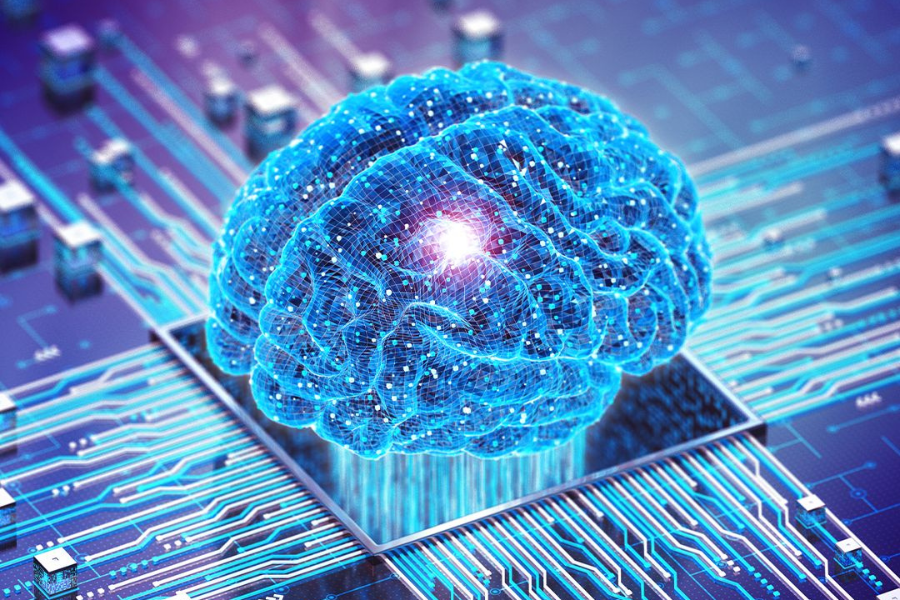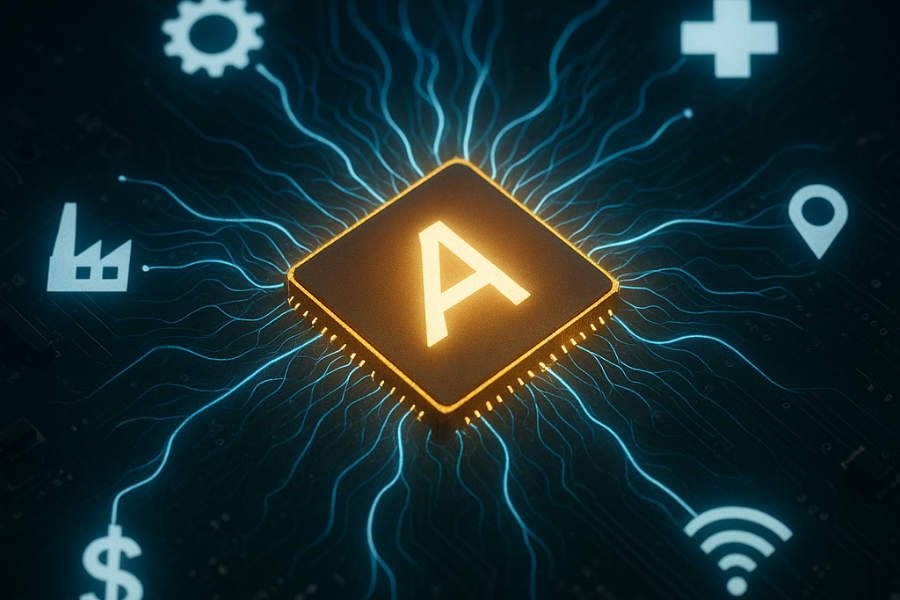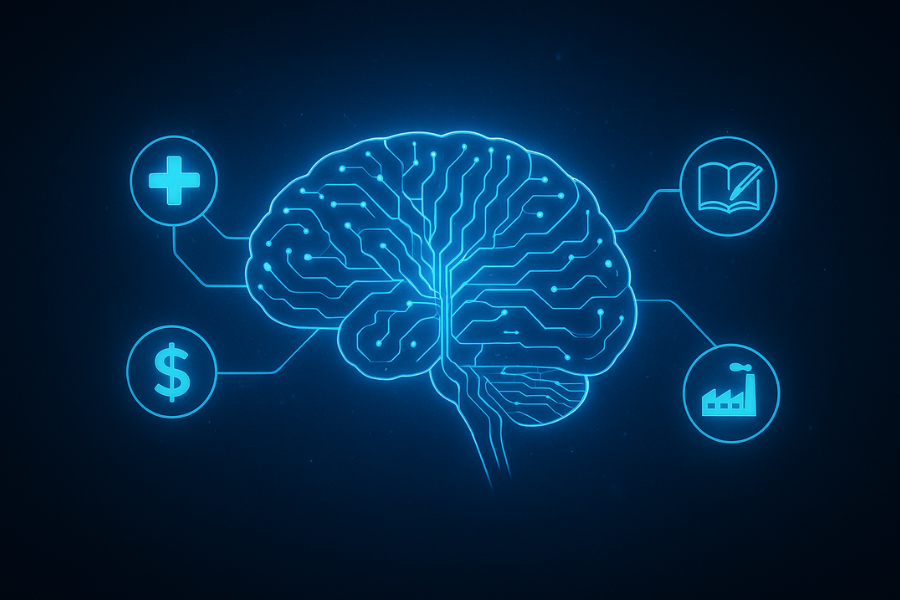Introduction:
Brain-Computer Interfaces (BCIs) are at the forefront of cutting-edge technologies, bridging neuroscience, artificial intelligence, and advanced hardware. They enable direct communication between the brain and external devices, bypassing traditional input methods such as keyboards or touchscreens. This innovation has transformative implications for healthcare, education, defense, and consumer technologies.
Research in the United States, Europe, and China is accelerating. Companies like Neuralink, Synchron, and China’s NeuraMatrix are demonstrating real-world use cases, and governments are investing heavily in the field.
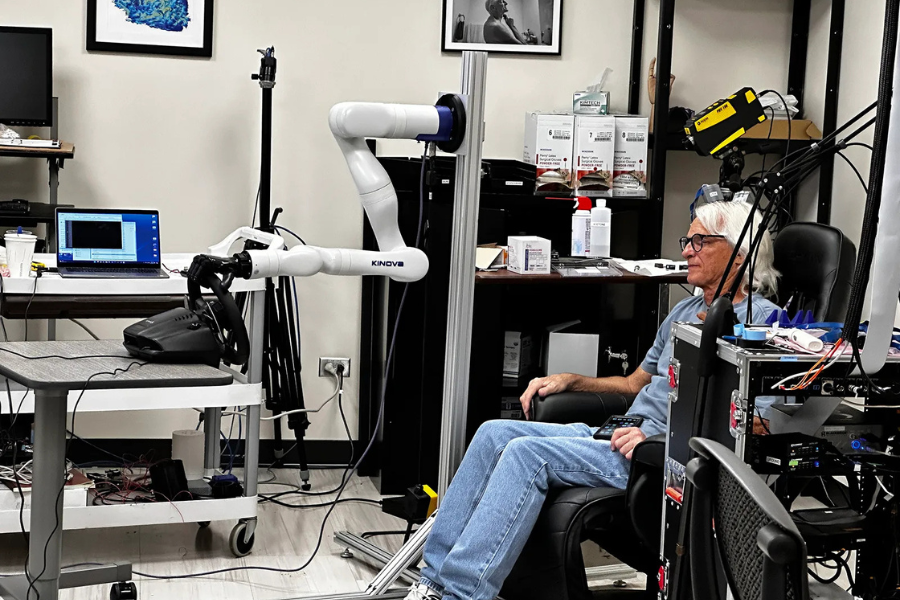
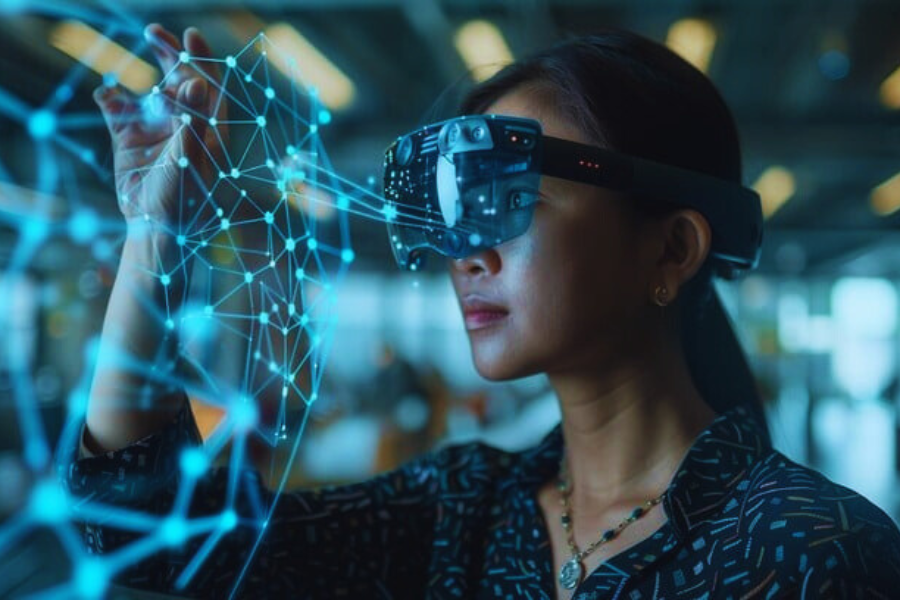
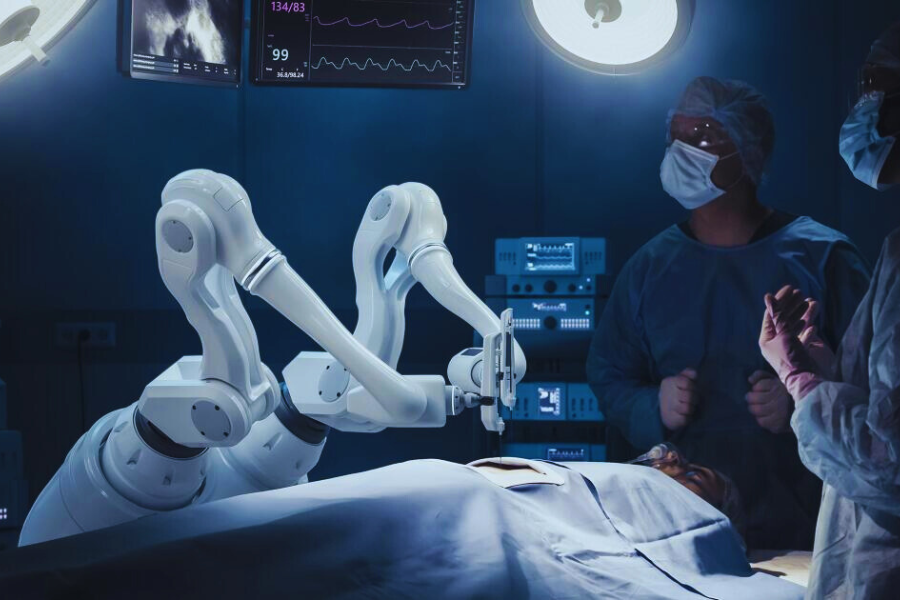
How BCIs Work
BCIs function by recording and interpreting neural activity. The process generally involves:
Signal Acquisition – Capturing brain activity through sensors (EEG, ECoG, or implanted electrodes).
Signal Processing – Filtering noise and extracting meaningful features.
Decoding – AI and machine learning models map neural patterns to commands.
Action Execution – Translated commands operate external devices such as robotic arms, prosthetics, or digital systems.
Types of BCIs
Non-invasive BCIs: Use EEG headsets; safe and portable but less accurate.
Semi-invasive BCIs: Electrodes implanted under the skull but not in the brain tissue.
Invasive BCIs: Direct implants inside brain tissue; highly accurate but surgically complex.
Applications Across Sectors
1. Healthcare and Rehabilitation
BCIs are particularly valuable in restoring autonomy to patients:
Communication for ALS patients: Decoding thoughts into text.
Motor recovery: Assisting stroke survivors or spinal injury patients to regain mobility.
Neuroprosthetics: Robotic limbs that mimic natural movement, controlled directly by thought.
2. Neuroprosthetics and Mobility
The integration of BCIs with robotics is producing prosthetics that respond in near real time. This is a major advancement in quality of life for amputees and patients with severe motor impairments.
3. Education and Learning
BCIs can measure attention, focus, and cognitive load, enabling adaptive learning platforms. For example, if a student’s focus decreases, AI-powered tutors can adjust the pace of teaching or provide targeted assistance.
4. Gaming and Entertainment
The gaming industry views BCIs as the next frontier. Thought-controlled VR and AR systems create immersive environments without traditional controllers. This expands both entertainment possibilities and accessibility for disabled users.
5. Workplace and Industrial Applications
In high-risk sectors, BCIs may allow:
Surgeons to operate robotic systems hands-free.
Pilots or astronauts to manage complex tasks under extreme conditions.
Engineers to interact with control systems without manual input, improving efficiency and reducing errors.
Global Progress and Competition
United States
Neuralink is testing implants capable of recording thousands of neural signals. Synchron focuses on less invasive stent-based devices.
China
NeuraMatrix and academic institutions are developing competitive BCIs, focusing on both healthcare and national defense applications. The Chinese government has included BCIs in its strategic emerging industries plan, signaling strong state support.
Europe and Japan
European projects emphasize ethical frameworks and medical applications. Japan is exploring BCIs in robotics and aging-related healthcare solutions.
The Road Ahead
Over the next decade, several trends are expected:
Medical BCIs: Broader deployment in hospitals for rehabilitation and assistive communication.
Consumer BCIs: Integration into AR glasses, wearables, and gaming platforms.
Industrial BCIs: Specialized use in high-risk professions requiring hands-free control.
Policy Development: Emergence of neurorights, protecting cognitive liberty and mental privacy.
Advancements in AI decoding algorithms, wireless sensors, and miniaturized hardware will accelerate adoption. At the same time, regulatory frameworks will be critical to ensuring responsible use.
Conclusion
BCIs represent a critical milestone in the evolution of human-technology interaction. They have the potential to restore independence for patients, revolutionize learning and work, and introduce entirely new forms of digital experience. Yet, they also raise profound ethical and security questions that society must address.
As development accelerates, BCIs will increasingly shift from research labs into mainstream applications, reshaping the way humans interact with machines and redefining the boundaries of human potential.

-Futurla

